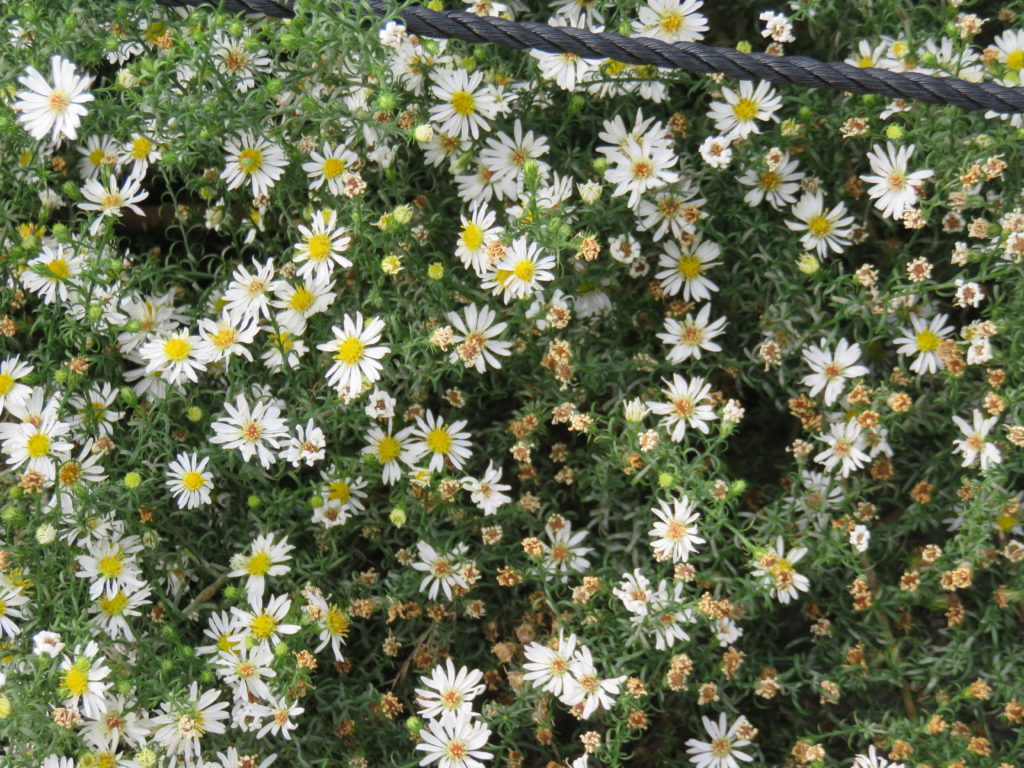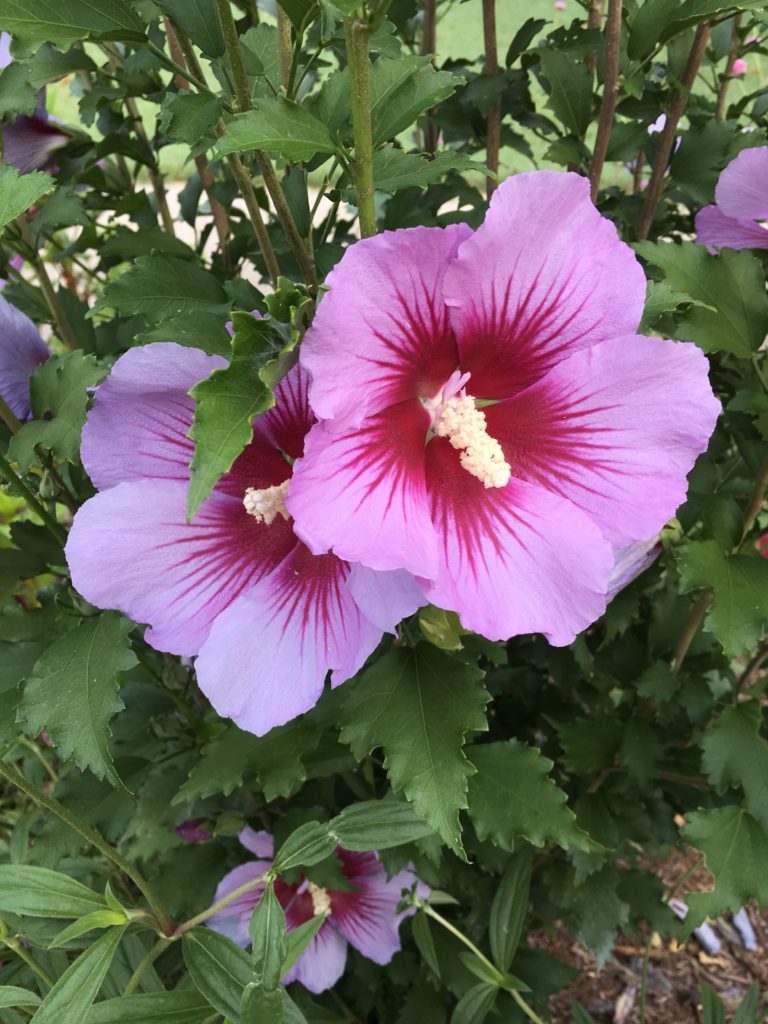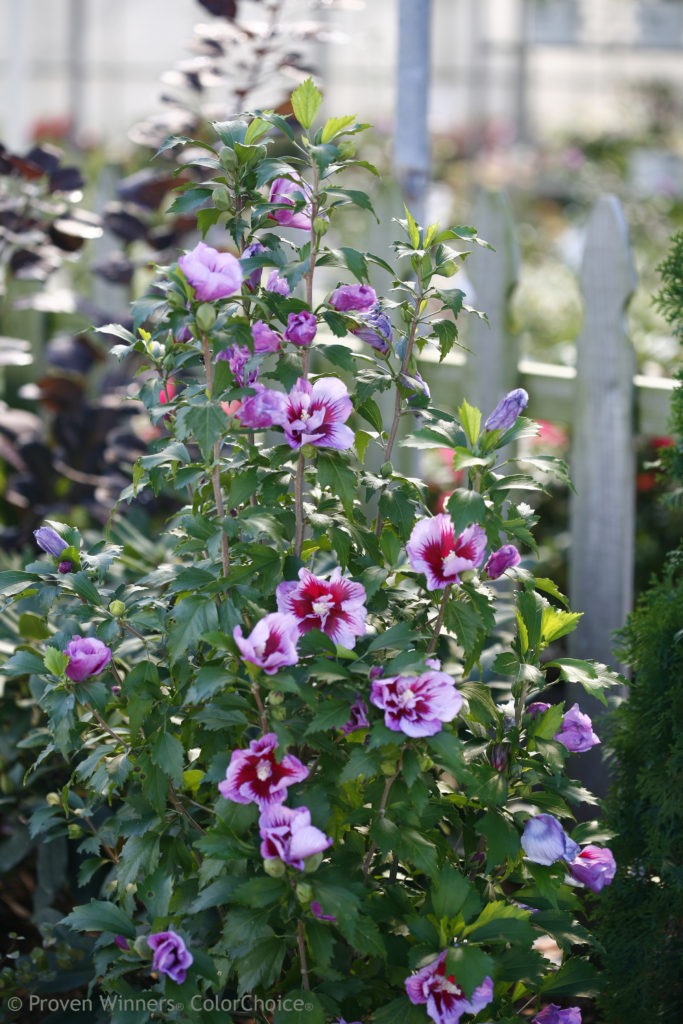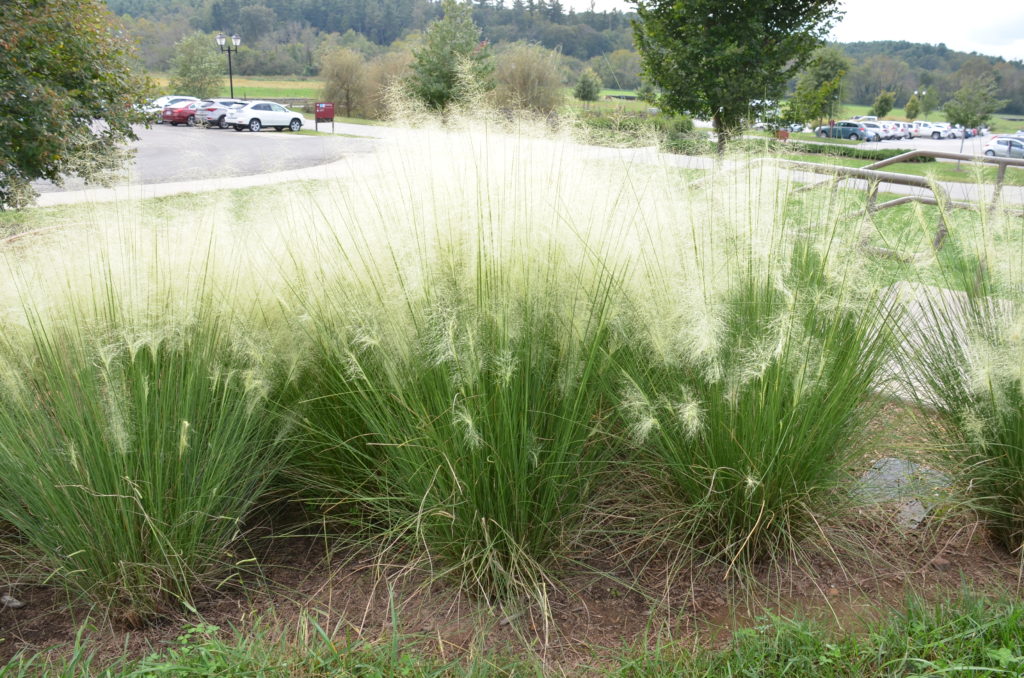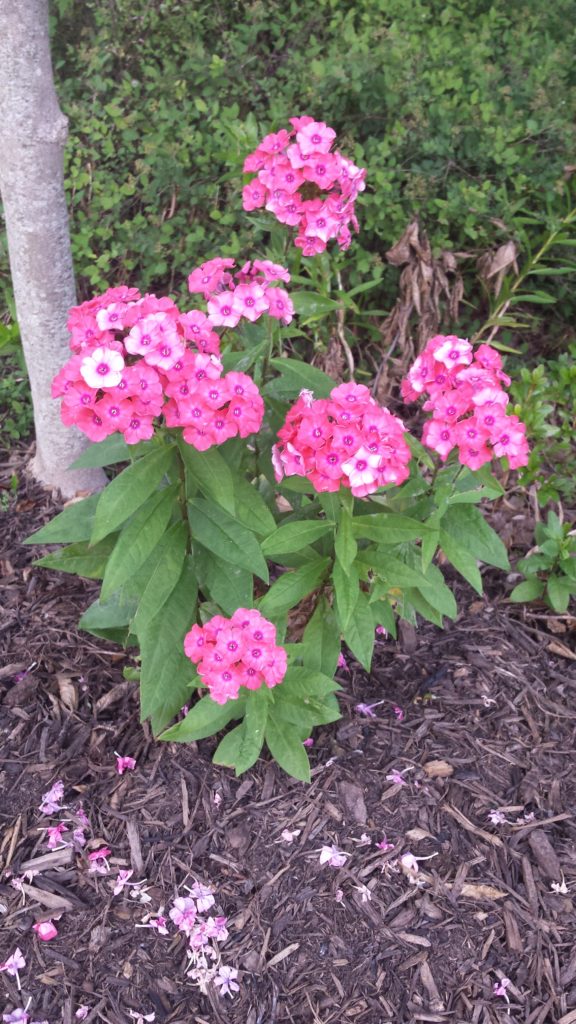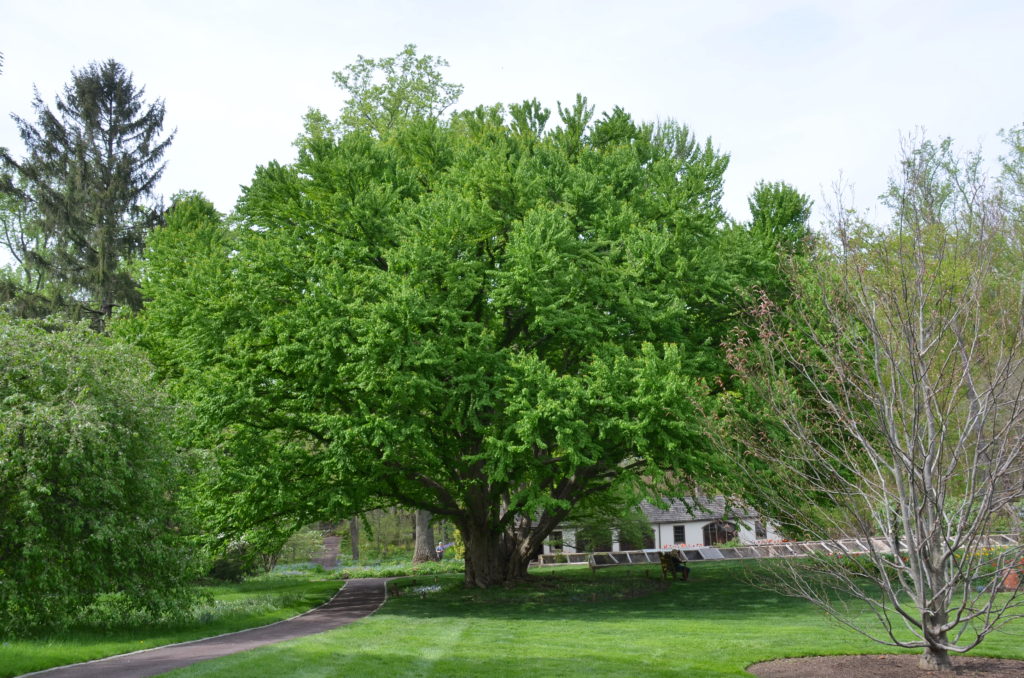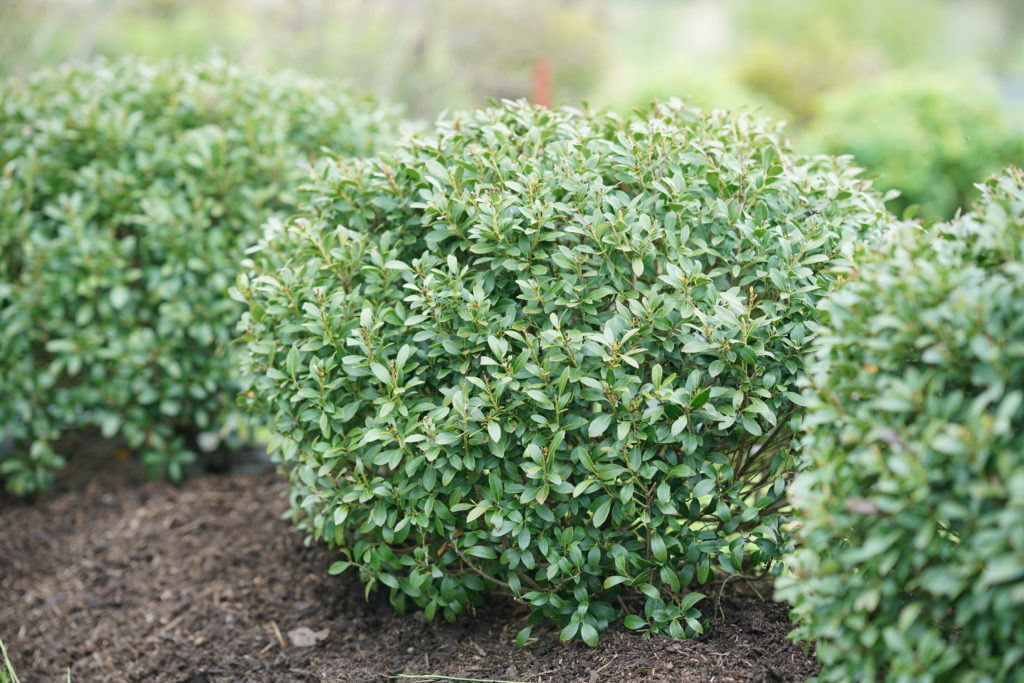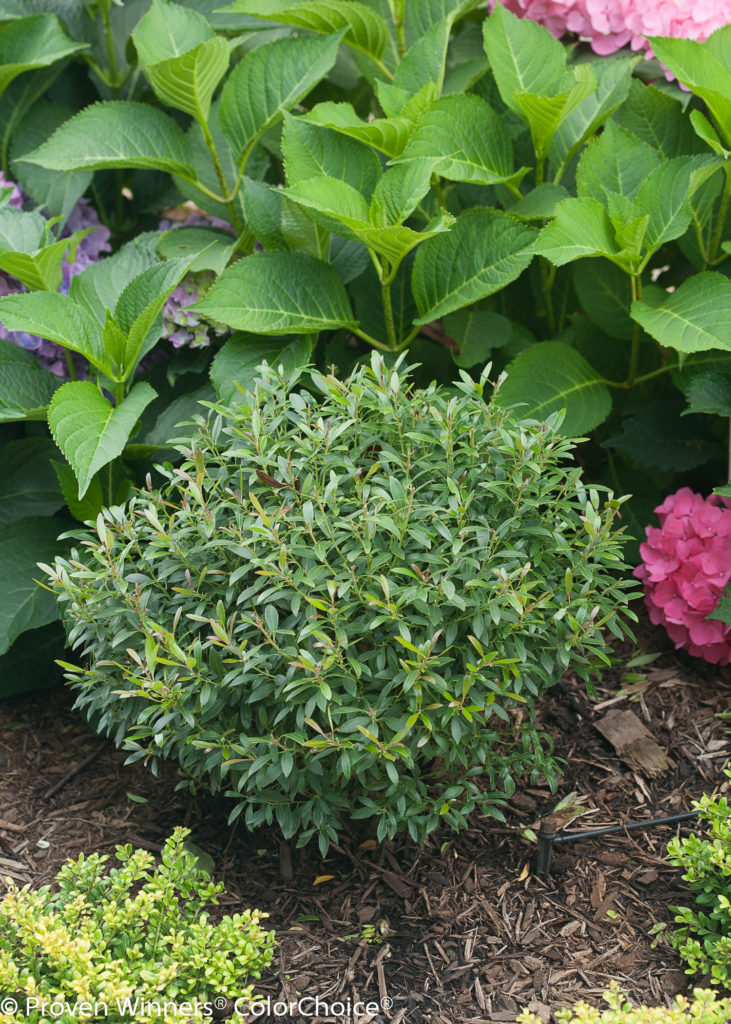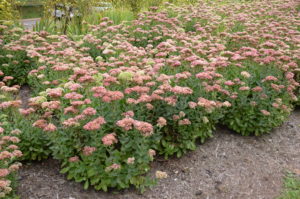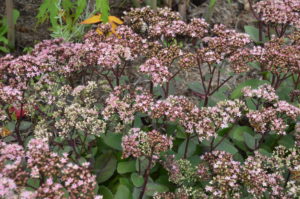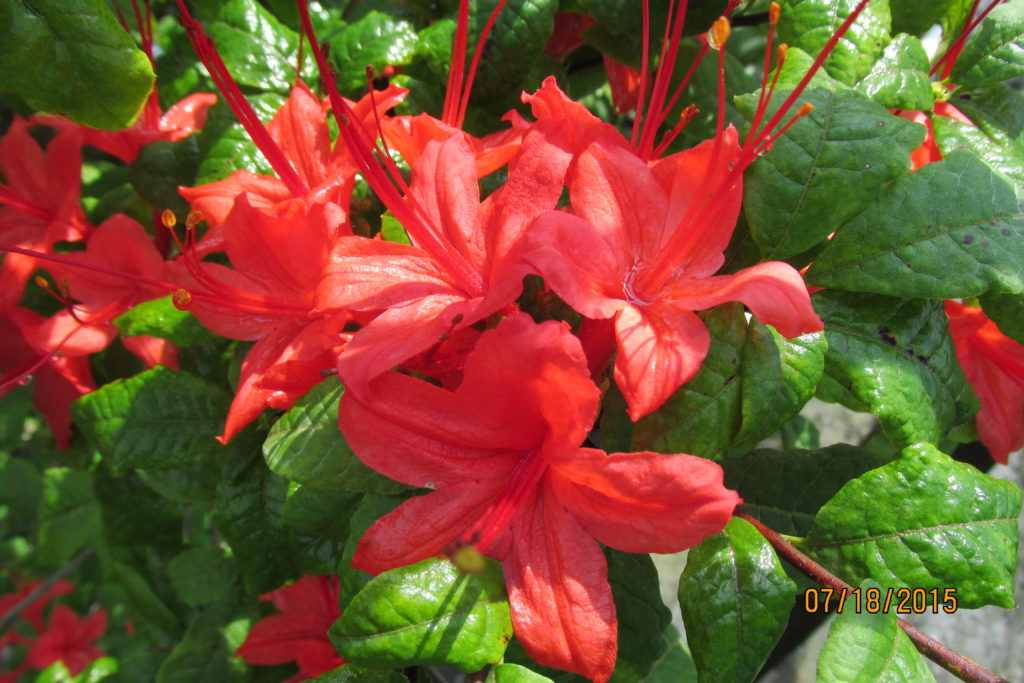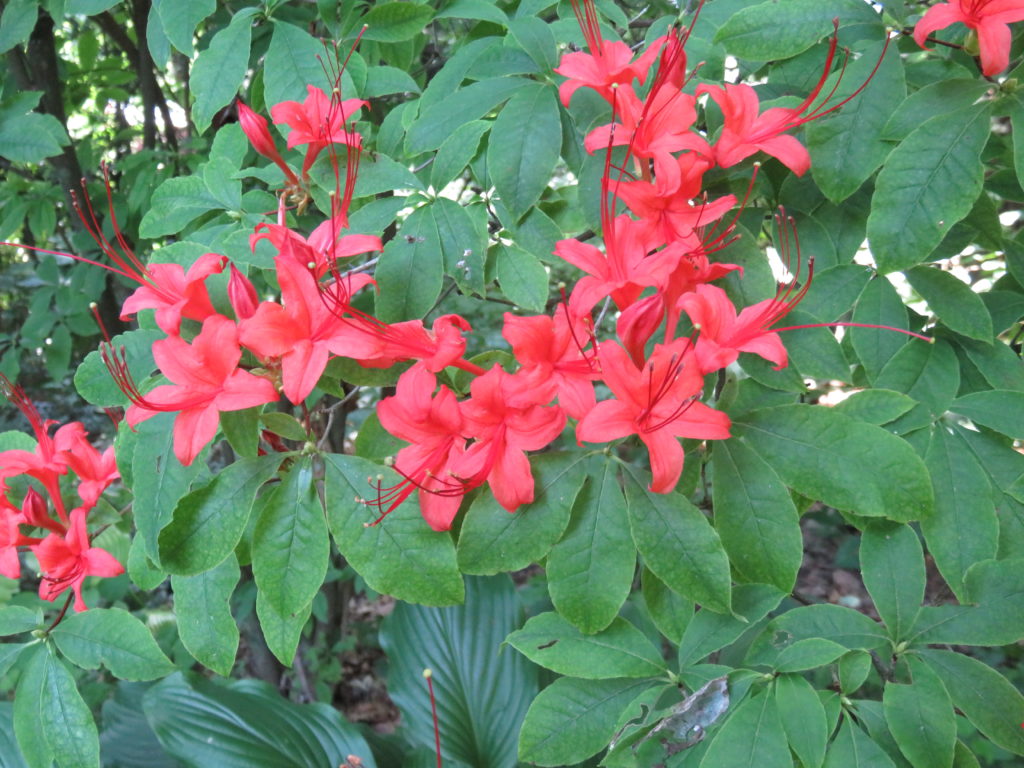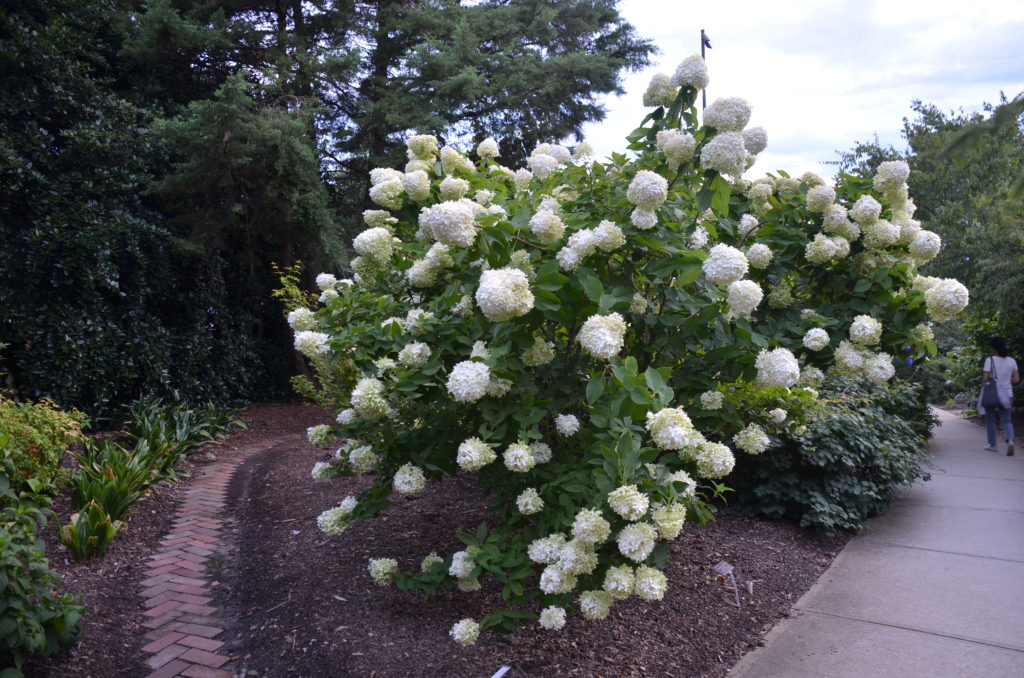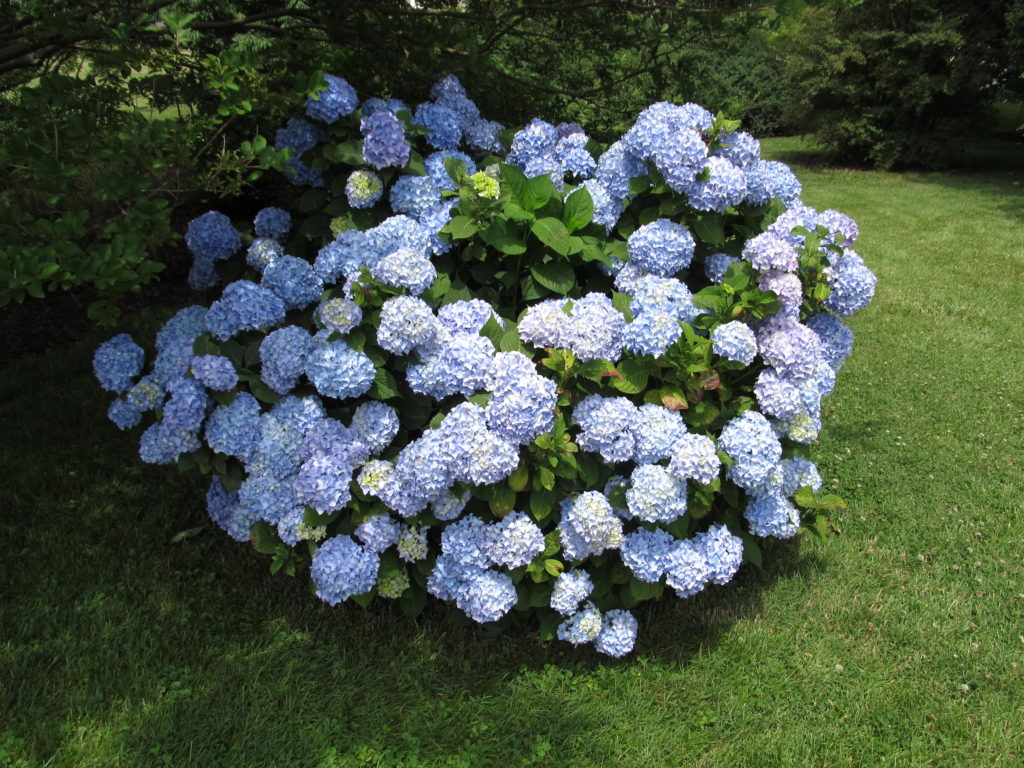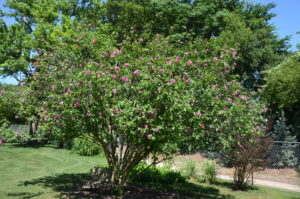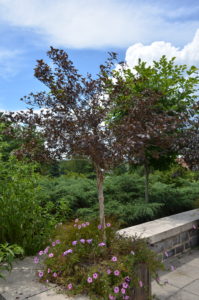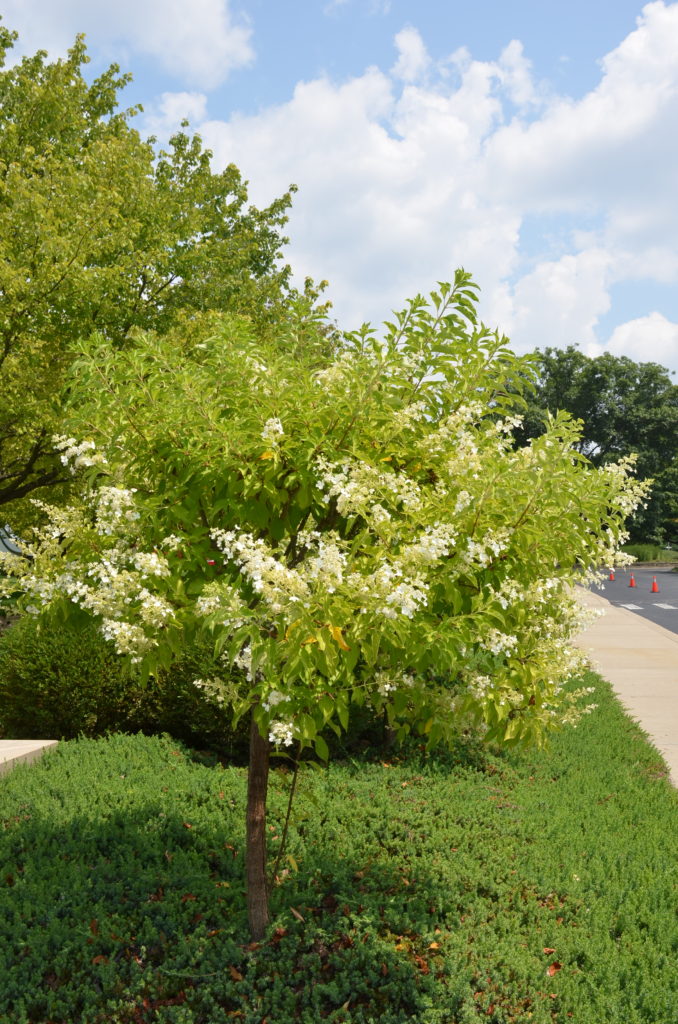More and more people gardening in zones 6 and 7 have discovered that they can successfully grow camellias. Once considered an exclusively Southern plant, many camellia varieties are very cold hardy where winter temps drop to 0 to 5°F. Their floral buds burst open with bright whites, pink and red shades, and spotted color blends.
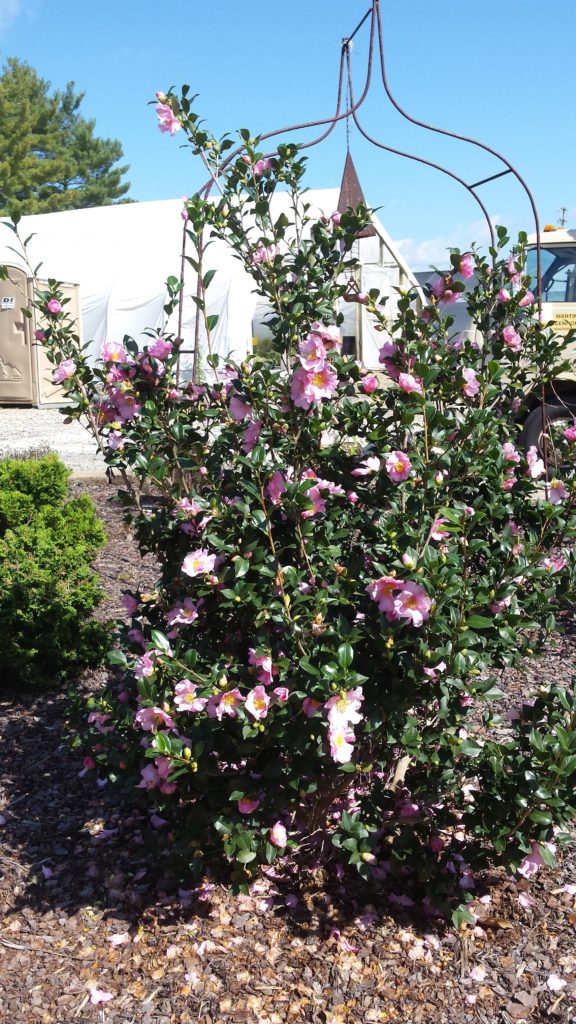
Camellias offer beautiful garden color through the mid-South (Kentucky, Tennessee, North Carolina, and northern areas of Alabama and Georgia) and warm sections of the middle Atlantic States (Delaware, Maryland, Virginia. Planting zone 6 camellias from spring thru early September allows the root systems to grow out before the cold weather arrives.
For example, if air temperatures were to drop suddenly and plant roots were shallow in November, some flower and leaf buds will abort prematurely. A deeply-rooted evergreen camellia, one that is also adequately mulched, will succeed in a frigid winter.
Camellias grow well in partially shaded garden area where the plant(s) are sheltered from direct sun and wind. The planting site should be well-drained with an acidic, compost-rich soil. These plants prefer a moist soil, but do not over-water camellias. Add a 2-3 inches of an organic mulch around the base of each plant. Feed camellias lightly with a water soluble acidic fertilizer such as Miracle-Grow™ at planting time in late summer. Clip off any dead or broken branches.
Ten reliable zone 6 hardy camellia varieties are:
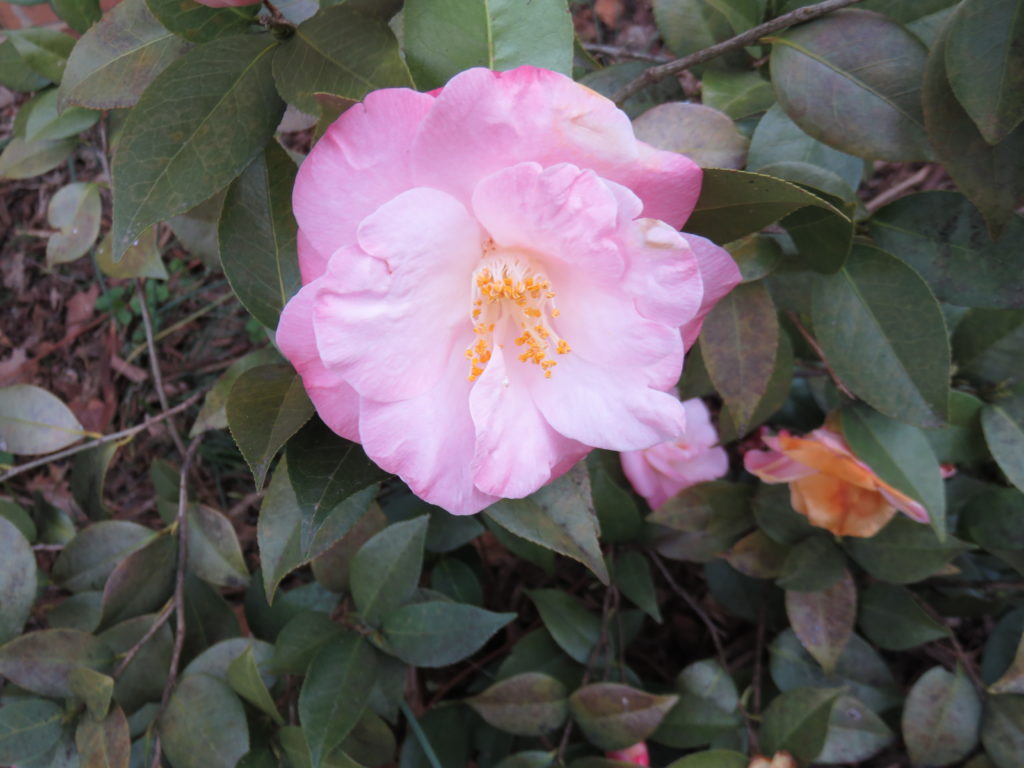
Spring Bloomers — ‘Pink Icicle’, ‘April Dawn’, ‘Artic Rose’, ‘April Remembered’, and ‘April Tryst’.
Fall Bloomers — ‘Winter’s Snowman’, ‘Winter’s Star’, ‘Snow Flurry’, ‘Long Island Pink’, and ‘Londontown Blush’.
Camellias are relatively deer-resistant. Most garden diseases and pests do not trouble camellias when plants are properly sited and cared for.

